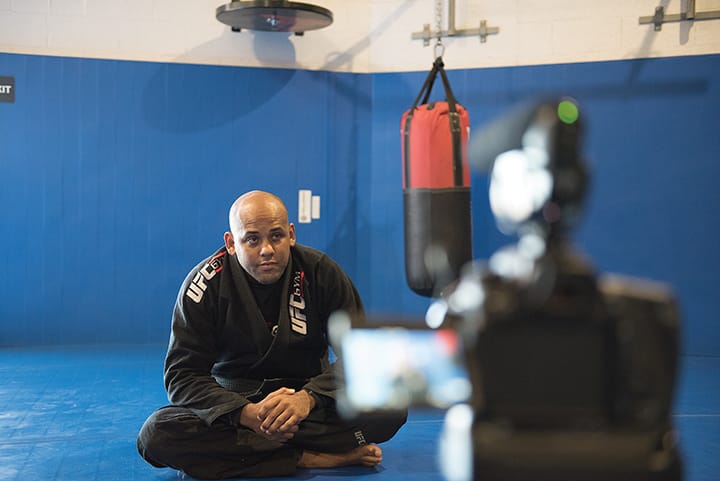Mastering Spider Guard: With Mauricio “Tinguinha” Mariano

Baseball has “Buck” Showalter, basketball has Larry Brown, football has Bill Parcells, and boxing has Emanuel Steward. All leaders and “hired guns” in their respective sport, who put things in order to create a formula for success to take established programs to the next level. Jiu-jitsu has its equivalent in Mauricio “Tinguinha” Mariano.
As an academy owner, the creator of one of the first comprehensive instructional DVDs dedicated to the Spider Guard, the Senior Program Director for UFC Gym’s Brazilian Jiu-Jitsu program, and a significant presence in the establishment of Gracie Barra academies in the United States, Professor Tinguinha is no stranger to running and developing a solid jiu-jitsu regimen. Tinguinha’s approach started out of necessity. When he began his jiu-jitsu training (around the age of 10 years old), there were no kids classes being offered at the time, so that only left him the option of training with adults.

Among some of those adults were names like Carlos Gracie Jr., Jean Jacque Machado, Roberto “Gordo” Correa, Vinicius “Draculino” Magalhaes, and Ralph and Renzo Gracie. He was one of the youngest of that group and would get smashed on a regular basis.
It’s pretty easy to imagine that the learning environment was intense and competitive. It was through this environment and his need to survive those training sessions that he began to take notes and compile a catalog of information from these sessions. Eventually, he would develop and begin to rely on his now famous Spider Guard.
Contrary to popular belief, Tinguinha states that he did not create the Spider Guard. He explains that early in his training, he was very skinny, couldn’t effectively close his guard and that he would often end up on his back. He made the adjustment to place his feet onto his opponent’s arms just to survive and manage distance.
